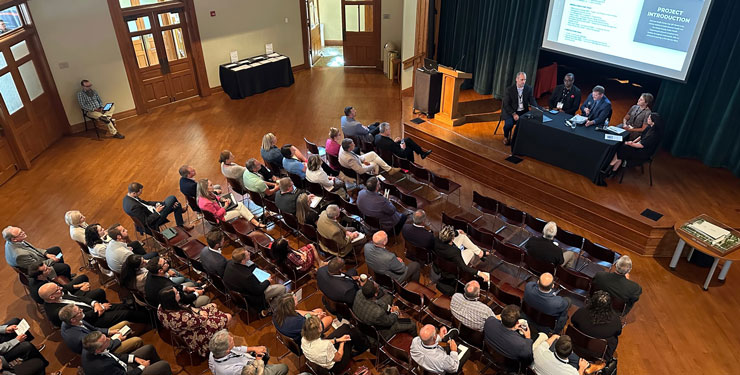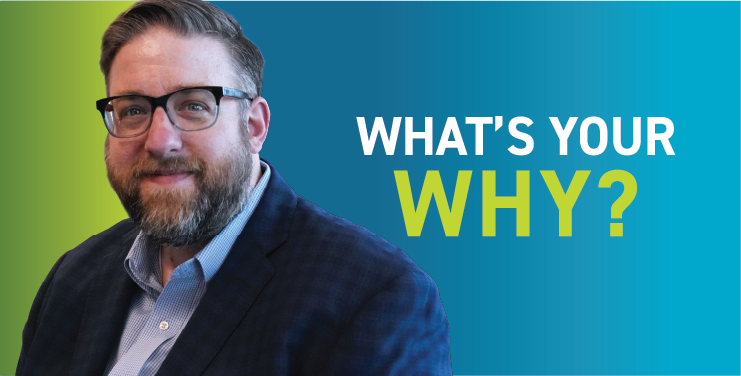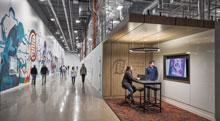
Learning at the PDC Summit: Healthcare Innovation, Collaboration, and Budget Realities
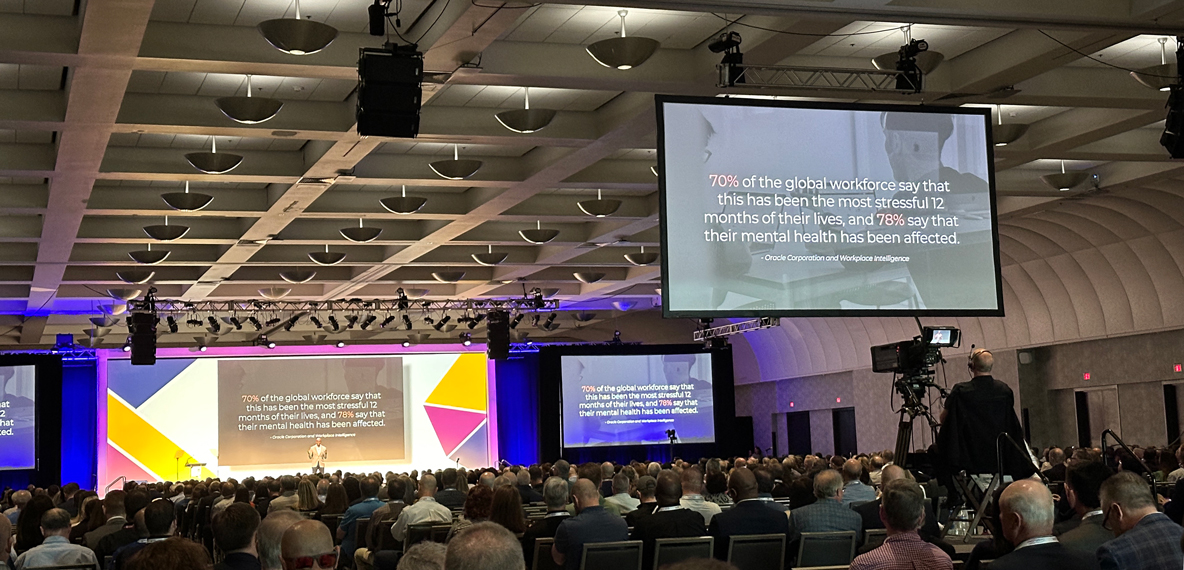
This year’s American Society for Health Care Engineering (ASHE) Planning, Design, & Construction (PDC) Summit, held in San Diego, CA, was an excellent opportunity to learn from a wide range of professionals working in all disciplines of healthcare planning, design, and construction to advance the healthcare built environment. My attention was drawn to two topics in particular (which there were a multitude of sessions covering): the rapid increase in healthcare innovation and the absolute need for inclusive collaboration.
Balancing Tight Budgets with Healthcare Innovation
At the summit, many sessions described the effects of technology’s accelerated growth fueled by advancements in AI, imaging, automation, and digital patient access and how this will transform healthcare delivery. At the same time, hospitals in the United States face challenges in maintaining basic infrastructure and caring for all patients equitably.
As design professionals, we are charged with understanding the latest advancements in technology that will affect the care given to the patients in the facilities we design. On the other hand, healthcare systems often do not have the funding to replace or maintain aging infrastructure such as HVAC equipment, building envelope systems or components, and interior finishes. Installing the most advanced imaging or automation equipment in or adjacent to buildings that need basic infrastructure upgrades can feel counterintuitive. However, no system can afford to forgo investment in the latest technology to treat patients.
As healthcare organizations focus on leveraging technology to improve patient care and ease clinician workflows, it will become critical for them to closely monitor their investments, evaluate their success, and adjust as needed. With a thorough evaluation process, healthcare systems can ensure they leverage their investments to the fullest potential and continuously improve.
But healthcare systems don’t have to forge a new path alone. It is critical to work with a design partner who is already monitoring new innovations, familiar with emerging technologies, and studying their impacts on organizations and people. Design professionals can provide guidance and help evaluate strategic plans that balance infrastructure needs and innovative technological solutions.
Inclusive Collaboration During the Design Process
Artificial Intelligence is being adopted and developed at a pace well beyond what we have seen in the past with new technology. With such a broad category and range of possible impacts, it is somewhat overwhelming to visualize the future. At one of the keynotes, Dr. Radhika Dirks made the point that during this growth of adoption, it is imperative that humans are involved and engaged to ensure the technology is positive for our communities. Being aware of and engaged in the development of AI is essential for healthcare professionals and those of us supporting their work in facility design.
Designing in a collaborative team with providers is crucial now more than ever. In addition, as one session reminded me, information technology (IT) or information systems (IS) professionals must be consulted and engaged in the process early—especially as new technology is being implemented. This is not often the case in traditional design process models. At BHDP, we identify key team members in collaboration with our clients early in the process.
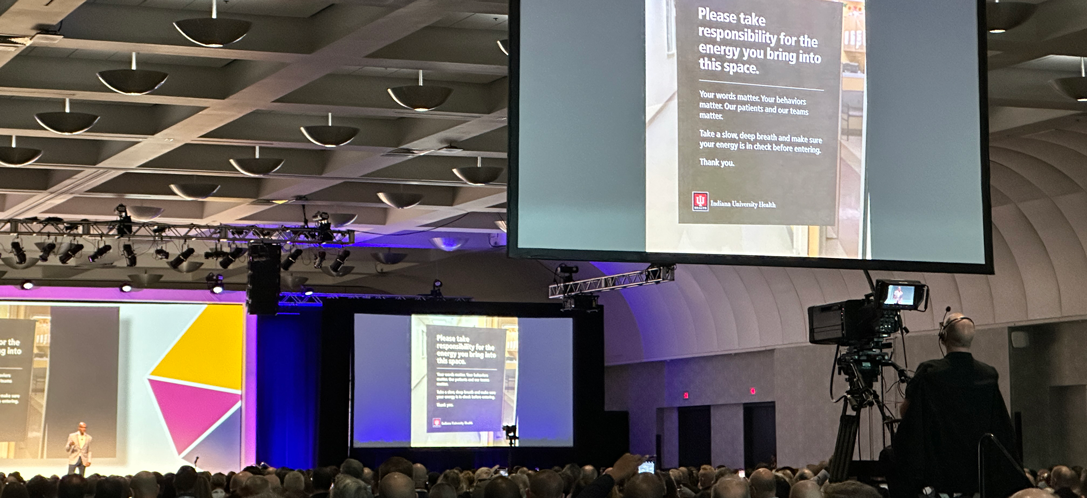
During the design process, it's important to cultivate safe environments of inclusivity and collaboration.
As technical and complicated as our work can be, one simple message was clear: kind behavior and attitudes will lead to success in our work. In the opening keynote, Shola Richards gave a powerful presentation on why we must be kind to ourselves and each other. He explained the African concept of Ubuntu, which can be translated as “I am because we are” or “I am because you are.” This concept of shared humanity and interconnectedness reminds us how we can and really must behave in our current work environments.
We must balance the demanding forces of schedule, budget, and, sometimes, politics with the absolute requirement of being kind. One of my goals as a project manager is to foster virtual or in-person social environments during the design process that allow people to feel safe enough to be curious and contribute their valuable voices to the creation of caregiving spaces.
Let's plan for healthcare innovation together. Complete our contact form today.
Author
Content Type
Date
April 12, 2024
Market
Practice
Topic
Healthcare Design
Wellness
Conferences


